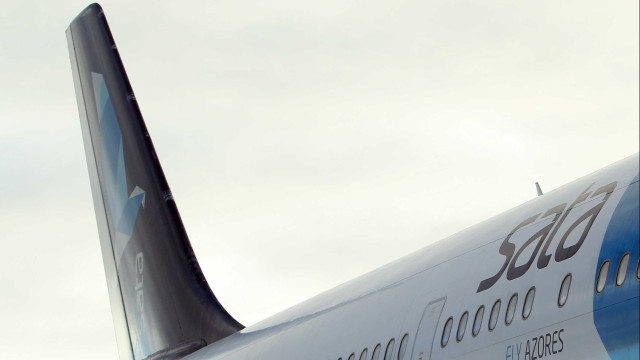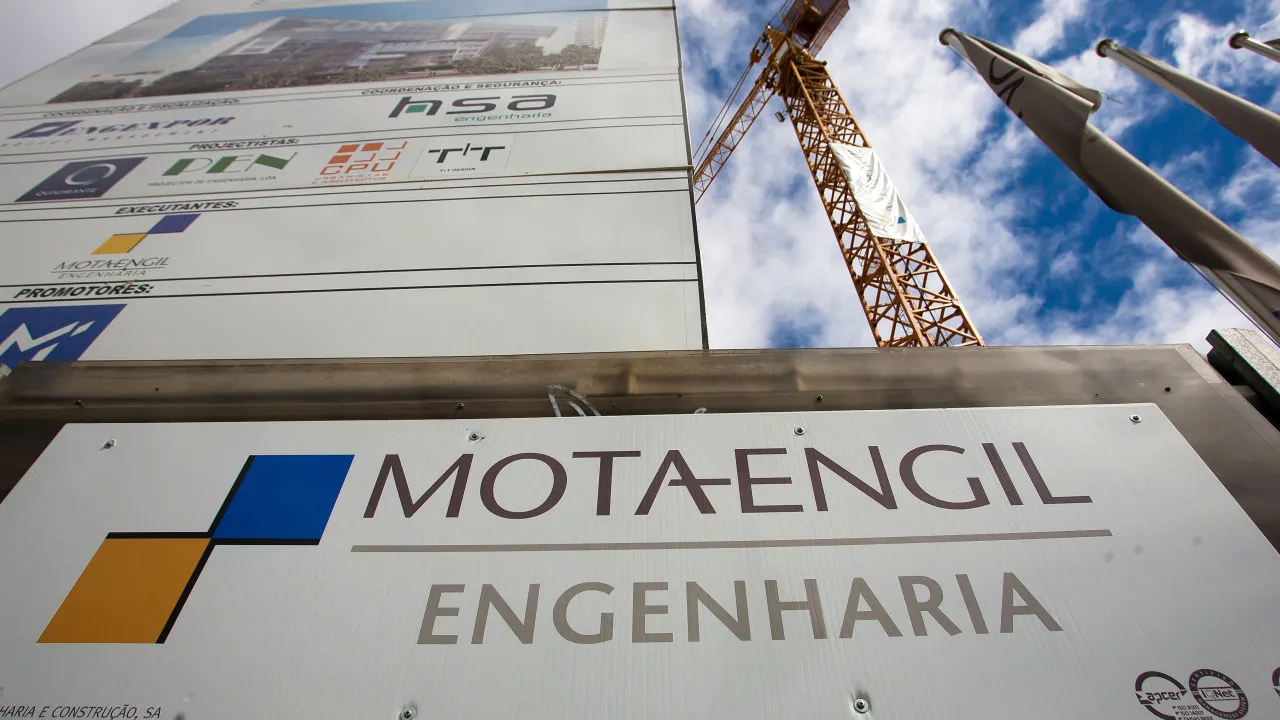
“Considering the alternative scenario of no agreement, which would trigger an inevitable escalation of retaliations with disastrous consequences for the European economy, we welcome this outcome with relative relief. After all, ‘when expecting a hurricane, one is happy with just a storm,'” stated Rafael Alves Rocha, director-general of CIP, in response to Lusa.
However, he emphasized that the cost is high for both sides, as there will be an increase in customs duties from an average level of about 2.5%.
For CIP, this result is unbalanced compared to the average customs duties imposed by the EU on US imports.
Rafael Alves Rocha argued it would be unfair to label this agreement as a defeat for the EU, considering the possibility of 30% or 50% tariffs, as previously announced by the US administration.
The pharmaceutical industry is among the sectors with significant direct exposure to the US market, which absorbed 34% of its total exports in 2024, he pointed out.
“Even sectors where the US market holds little significance will certainly be affected. This will be the case, for example, with the automobile sector, which does not have a large direct exposure to the US market but exports to European companies heavily dependent on this market. In this case, an additional 25% was already being charged, so the current 15% represents some relief,” he noted.
The trade agreement between the EU and the United States, reached on Sunday, sets US customs tariffs on European products at 15%.
The agreement also includes the EU’s commitment to purchasing US energy valued at $750 billion (around 642 billion euros)—aimed at replacing Russian gas—an additional investment of $600 billion (514 billion euros), and an increase in military equipment acquisitions.
The US and EU countries exchange about 4.4 billion euros in goods and services daily.




